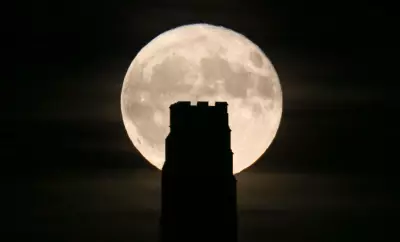
One of Manchester's most cherished green spaces is set to undergo a significant ecological enhancement that promises to transform its natural habitats. Wythenshawe Park, a beloved recreational area for both residents and wildlife, is preparing for an ambitious restoration project focusing on its vital water features.
Breathing New Life into Urban Wetlands
The comprehensive initiative will see the park's network of ponds and wetland areas receiving much-needed attention to improve their ecological value. These aquatic habitats have long served as crucial sanctuaries for diverse species, from amphibians and insects to visiting waterfowl. The restoration work aims to enhance these natural assets, creating healthier environments that will support greater biodiversity.
A Boost for Local Wildlife
Conservation experts emphasise the importance of these water features within the urban landscape. Well-maintained ponds and wetlands provide essential breeding grounds for frogs, newts, and dragonflies, while also offering drinking and bathing spots for birds and mammals. The restoration will likely benefit species including:
- Native amphibians like common frogs and smooth newts
- Dragonflies and damselflies that rely on clean water
- Various bird species that use the areas for feeding and nesting
- Important pollinators and other invertebrates
Community and Environmental Benefits
Beyond the clear advantages for wildlife, the project promises to enhance the park experience for visitors. Restored water features create more attractive landscapes for walkers, families, and nature enthusiasts. Additionally, healthy wetlands play a valuable role in natural flood management and water purification, contributing to broader environmental resilience in the Manchester area.
This initiative represents a significant commitment to urban conservation, demonstrating how green spaces in city environments can be managed to support both recreational needs and ecological priorities. As the work progresses, visitors can look forward to witnessing the transformation of these important habitats and the increased wildlife activity they're likely to attract.





